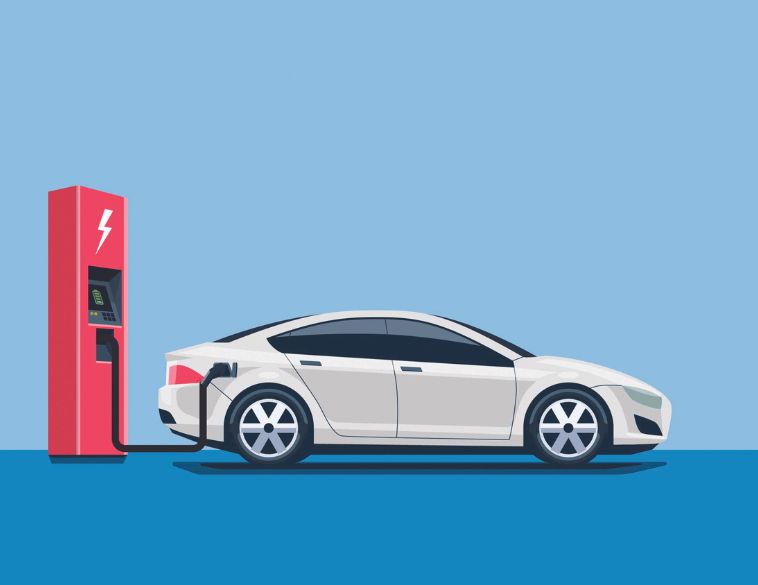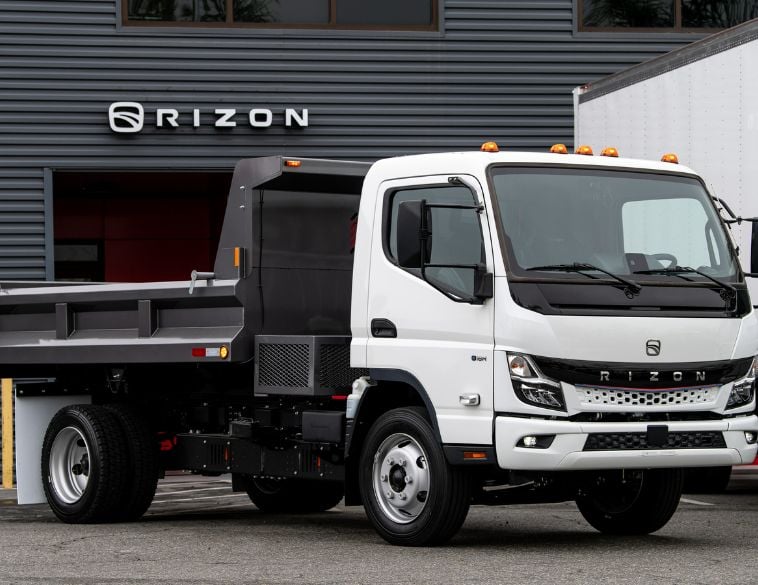Is it time for your fleet to consider electrification as a fuel-saving measure?
As the world embraces electrification, fleet managers are asking themselves whether EVs and hybrids fit their needs. It’s easy to jump on the electrification bandwagon, but making the switch from ICE vehicles isn’t always the best option.
“Electric vehicles are still best when you have short distances to travel, and you need a vehicle for city usage,” explains Guillaume Poudrier, President of Geothentic. “In my opinion, electric vehicles make the most sense in applications like making deliveries within a city where you have a lot of short trips and shorter distances to cover.”
Poudrier adds that it would be difficult to include EVs in an application where vehicles run 24/7 because ideally, you’ll want to be able to charge them overnight.
Dramatic impact on fuel costs
Craig Campbell, EV Sales Manager, Fleet and Commercial Sales for GM Canada says that cost savings can be dramatic when electrified vehicles are added to a fleet.
“Depending on where a fleet is located in the country, they could cut their fuel costs by as much as 80%,” Campbell explains. “The reduction in maintenance averages somewhere around 40% or more, depending on the study and the situation. Even when you take potential infrastructure needs, acquisition costs for EVs are trending down. The fuel and maintenance savings make a strong TCO business case for many.”
Campbell explains how the stability of electricity costs can help fleet managers budget their “fuel” costs when adding electric vehicles to the mix. “In Canada, we are used to the cost of gas going up and down, which makes it incredibly hard to budget for larger fleets,” he explains. “It is one of the most variable and volatile expense lines they have for their fleet. Cost of electricity has actually stayed below inflation rates and tends to be more stable than fuel costs.”
Fleets that operate nationally, however, will have to do the math in order to determine what their electricity costs will be in each province. “Power in Quebec is simply cheaper than power in Saskatchewan,” Campbell adds. “So when we are consulting with our customers on ICE vs. EV, we aren’t necessarily looking at a universal approach, but more of a customized discussion based on their fleet and where they operate.”
No silver bullet
When it comes to fuel management, Chelsea Feast, Manager, EV Consulting at Holman says that EVs and hybrids may not be the silver bullets some fleet managers might be hoping for.
“While EVs and hybrids continue to generate significant interest among fleet operators,” Feast explains, “the reality is that they’re not always an ideal match for every fleet application, particularly if the singular goal is to reduce fuel costs. Generally speaking, fleets comprised primarily of passenger vehicles (sedans, SUVs, etc.) or light-duty trucks and vans are typically terrific candidates for fleet electrification. However, for vocational fleets with complex medium- or heavy-duty vehicles, EVs/hybrids likely aren’t a viable option at this time and these fleets would be best served exploring other alt-fuel solutions – propane, CNG, etc.”
Higher cap costs
The elephant in the room is the higher capital cost of EVs and hybrids when compared with traditional ICE vehicles. This fact has many fleet managers wondering whether investing in EVs and hybrids makes financial sense. After all, if you’re spending more upfront just to save on fuel later on, are you really coming out ahead?
“Generally speaking, light-duty electric vehicles and hybrids will typically have a lower total cost of ownership over the long-term lifecycle as compared to traditional ICE units,” says Jeremy Dewey, Manager, EV Operations at Holman. “While EVs/hybrids are likely to be more expensive at the time of acquisition, the cost difference will be mitigated over time, particularly if/when you employ an effective strategy to minimize charging costs. Also, with an EV model (and to a lesser extent, hybrids), your operating costs are not subject to the volatility of fuel prices, and maintenance costs should also be lower.”
When it comes to medium- and heavy-duty units, this is where the upfront cost delta becomes more of a factor, Dewey adds. “Typically, for these complex vocational units, you’re not considering EV/hybrid options but more so other alt-fuel solutions such as propane or CNG. In this scenario, fleet operators must carefully examine the total cost of ownership from a holistic lifecycle standpoint, factoring in numerous variables – acquisition cost, miles driven, length of time in service, infrastructure requirements, fuel costs, etc.”
The right fit
Spencer Watson, National Sales Manager, National Fleet Sales for Kia Canada says that the math will be different for every company contemplating adding EVs or hybrids to their fleet and that every fleet manager needs to consider how these vehicles will fit into their existing business model.
“With hybrids, for example, there’s a lot more flexibility and you don’t have to worry about charging them,” Watson says. “There’s also a much smaller pricing difference between a hybrid vehicle and an ICE vehicle. When it comes to fully electric vehicles, companies will need to look at whether they’ll need to make changes to the way they operate their vehicles, because owning an electric vehicle is very different than owning an ICE vehicle. And oftentimes, just a slight change in how you do things is going to have a tremendous impact on how well it’s going to work for you.”
Although EVs are often recommended for fleets with scheduled downtime when vehicles can be recharged, Watson says that even some utility companies, as well as fleets where the vehicles are constantly running, could make electric vehicles work.
“If you have a technician with an electrified vehicle, for example, what are they doing during their lunchtime?” Watson says. “In theory, that time could be used to plug in the vehicle and charge it. Even if you’re doing deliveries, you’ll still have downtime when you’re picking up a shipment at a warehouse. That’s another time and place where the vehicle can be charged.”
As technology improves, Watson adds, we will see the day when we’ll be able to charge EVs much more quickly. “The further down this path of electrification we go, we’ll see much quicker change times that will completely change how a vehicle fits into the day-to-day operation of many fleets.”



